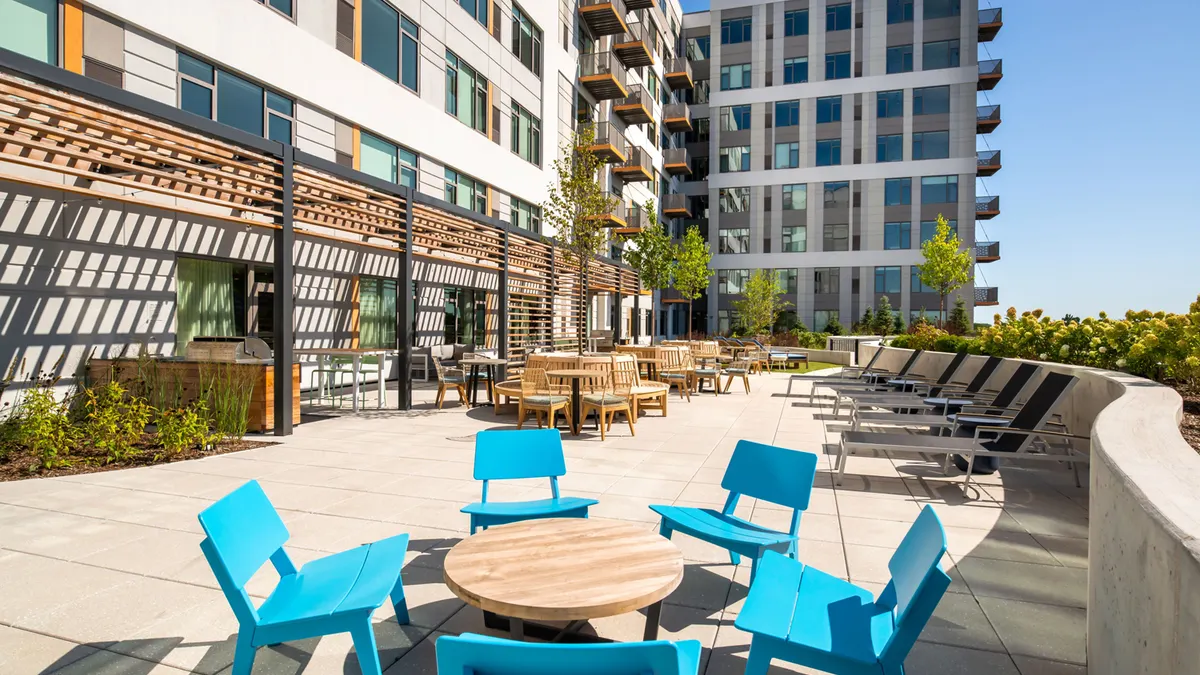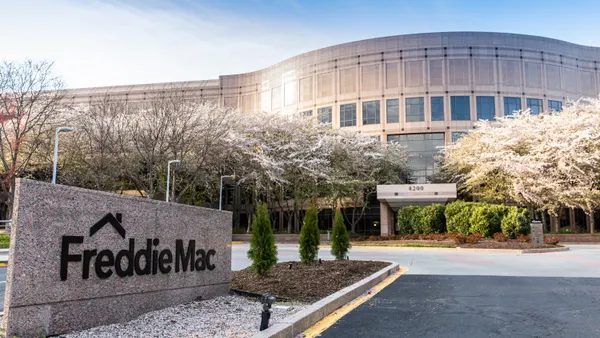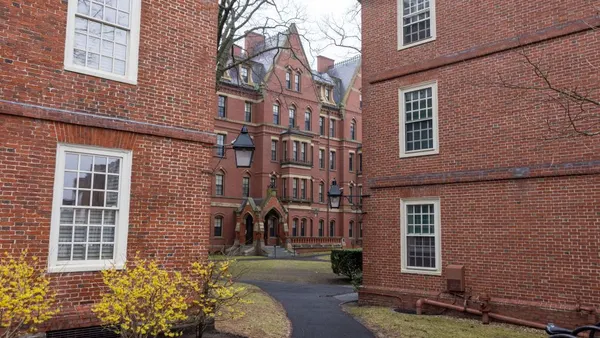By the time Camden reported earnings earlier this month, the pattern was clear: Apartment REITs enjoyed better-than-expected first quarters. But they weren’t ready to raise guidance for the year ahead.
Camden didn’t veer from the storyline in its Q1 report, with core funds from operations at $189.8 million or $1.72 per share, $0.04 ahead of the midpoint of its guidance.
“Clearly, the environment has everyone's head spinning in America, maybe the world today,” Camden CEO Ric Campo said on the call. “And I would say that definitely … uncertainty is kind of the watchword today. And if we had more certainty about what the summer was going to look like and what the end of the year was going to look like, we might have been more constructive on our guidance change.”
Instead, the Houston-based firm joined its other REIT peers in taking a wait-and-see approach, though it likes where it is today.
“We have seen really no cracks in the ice, if you want to call it that, for the business,” Campo said. “Things are going along very well for our business. But on the other hand, when you have these wild gyrations in the market and uncertainty about jobs long-term, you have to be a little cautious.”
Solid tailwinds
While supply has been an issue in many of Camden’s markets, new deliveries are fading. Starts are at a 13-year low, down 80% in Austin, Texas, and between 65% and 80% in Houston; Denver; Washington, D.C.; Atlanta; Nashville, Tennessee; and Charlotte and Raleigh in North Carolina, according to Campo.
As starts fall, Campo says rental affordability is also a tailwind in his markets, with wage growth outpacing rent growth by over 300 basis points for the past 28 months.
“The premium to own versus rent continues to be at historically high levels, making apartment homes more affordable,” Campo said. “Camden's Sun Belt markets continue to dominate job growth, population growth and growth in young adult households between 20 and 39 years old.”
Like other REITs, Camden posted high retention rates, with renewal rates up 3.3%. Camden Executive Vice Chairman of the Board Keith Oden wondered if economic uncertainty had residents deciding to renew their leases and reconsider moving “somewhere down the road” when the picture is clearer. In addition, move-outs for home purchases were only 10.4%, which is low for the company.
“Turnover rates across our portfolio remained very low, and our first quarter 2025 annualized net turnover rate of 31% was one of the lowest in our company's history,” Oden said.
However, Camden's new leases fell 3.1%, giving the REIT a blend of negative 0.1%. “This was in line with our expectations for the quarter and reflected a 100 basis point improvement from the negative 1.1% blended rate we reported in the fourth quarter of 2024,” Oden said.
Best markets
In Q1, Camden saw its best revenue growth in Washington, D.C.; Houston; San Diego; Los Angeles/Orange County in California and Tampa, Florida. These metros generated same-property revenue growth ranging from 1.3% to 4.5% compared to the REIT’s overall portfolio of 0.8%
“Because they're responding to the better balance between supply and demand, I think they'll continue to lead the portfolio throughout 2025, and that's why those markets were all rated at the top of the pack in our annual scorecard that we provided in the first quarter,” Campo said.
BY THE NUMBERS
| Category | Q1 | YOY Change |
| Property revenue | $376.3 million | 0.8% |
| Net operating income | $133 million | 0.5% |
| Operating expenses | $243.4 million | 0.9% |
| Core funds from operations | $1.72 | 1.2% |
| Occupancy rate | 95.4% | 40bps |
SOURCE: Camden
While federal layoffs potentially loom as an issue in Washington, D.C., Camden isn’t seeing an impact.
“We are seeing absolutely zero anecdotal information about DOGE and the negative effect that I think some people think it's going to have on the D.C. market,” Campo said. “As a matter of fact, D.C. continues to be really good — high occupancy, very good new lease rate growth and renewal growth. The highest blended lease rates that we have in our system are in D.C.”
On the other end of the spectrum, Nashville and Austin will continue to face challenges throughout 2025 due to high supply.
“The level of deliveries in both of those markets came down slightly this year, but not a meaningful difference between 2024 and 2025 deliveries,” Oden said. “The good news is they trail off pretty significantly toward the back half of 2025. I think there's a good chance for improvement in those two markets.”
Click here to sign up to receive multifamily and apartment news like this article in your inbox every weekday.








































